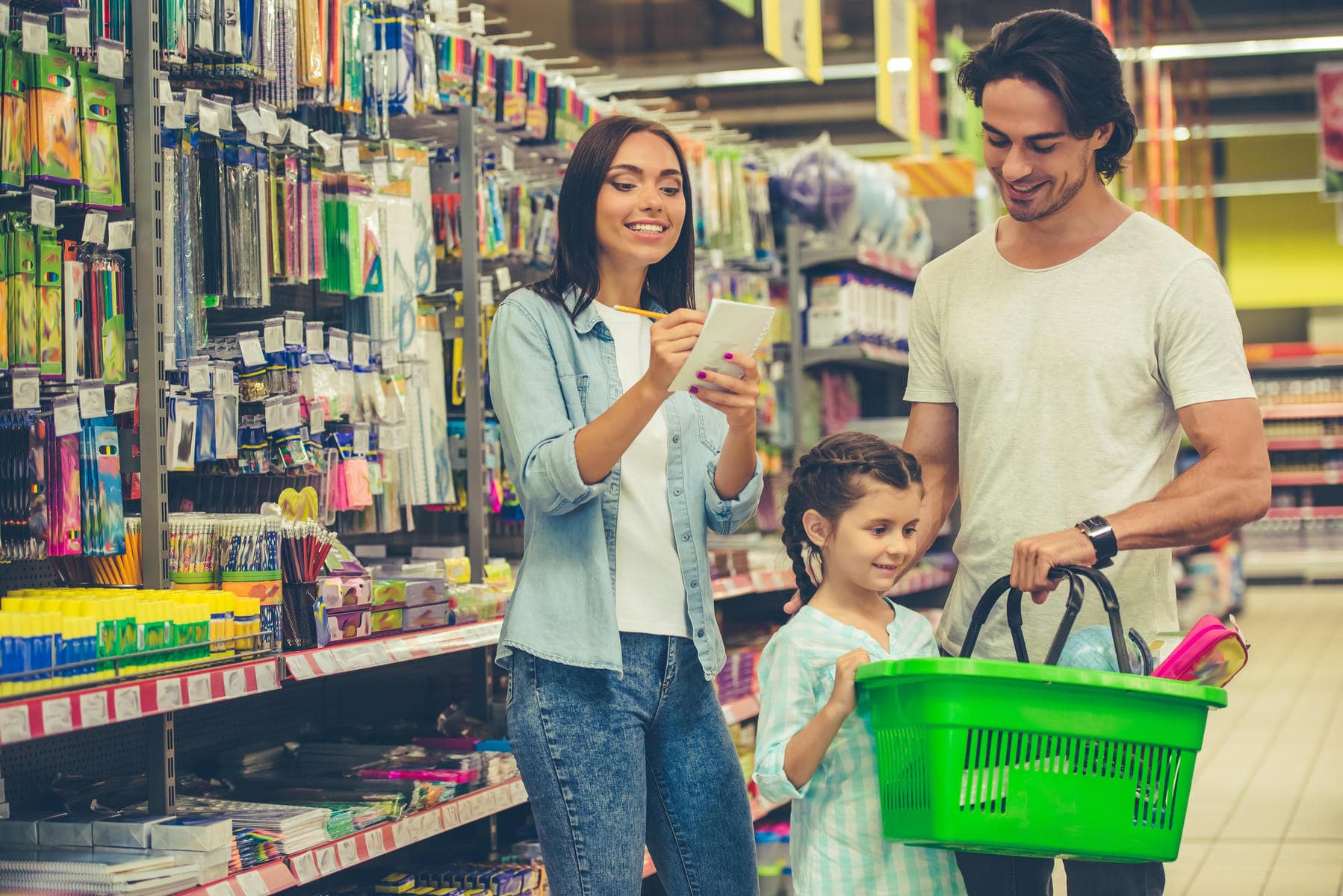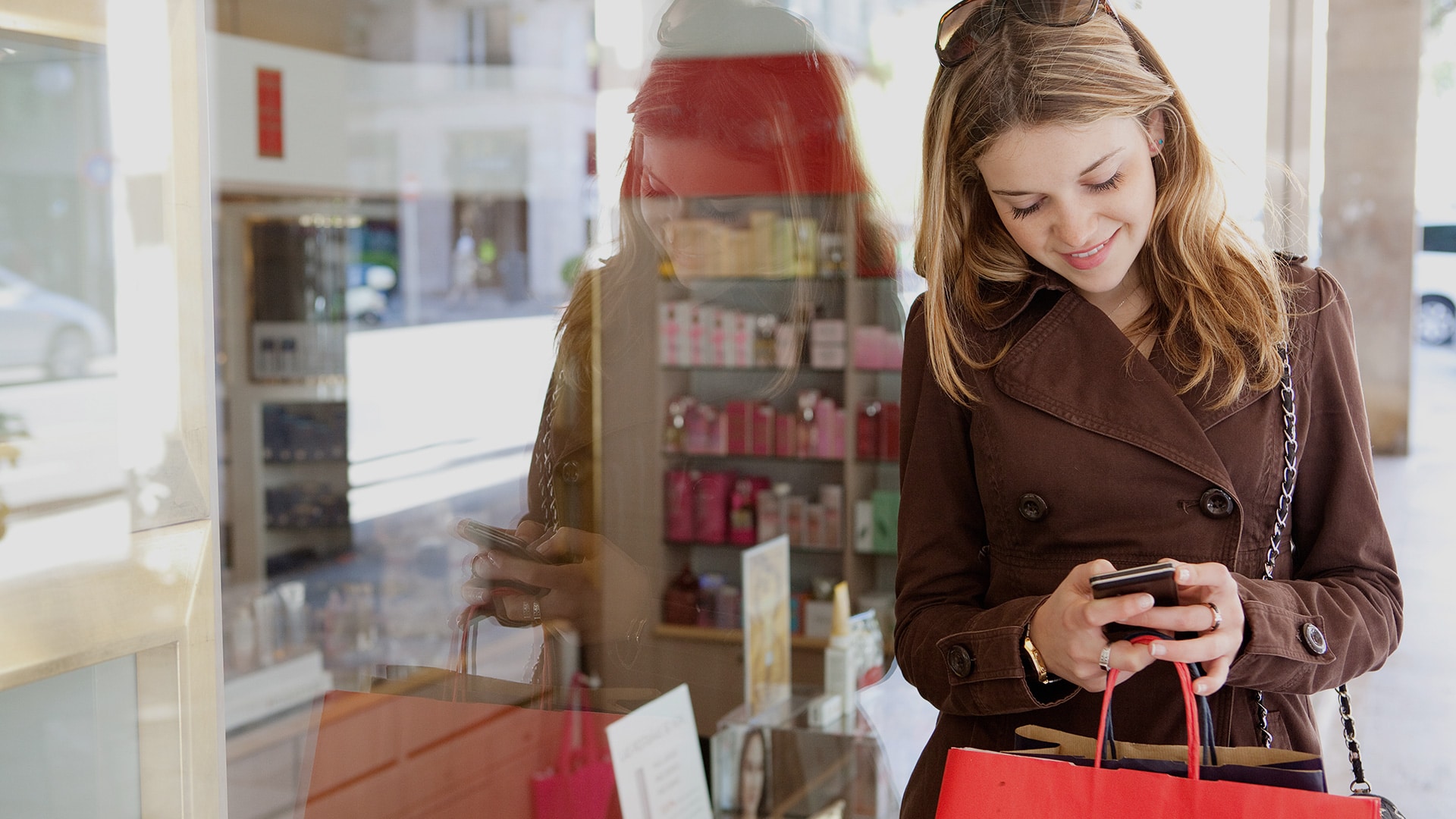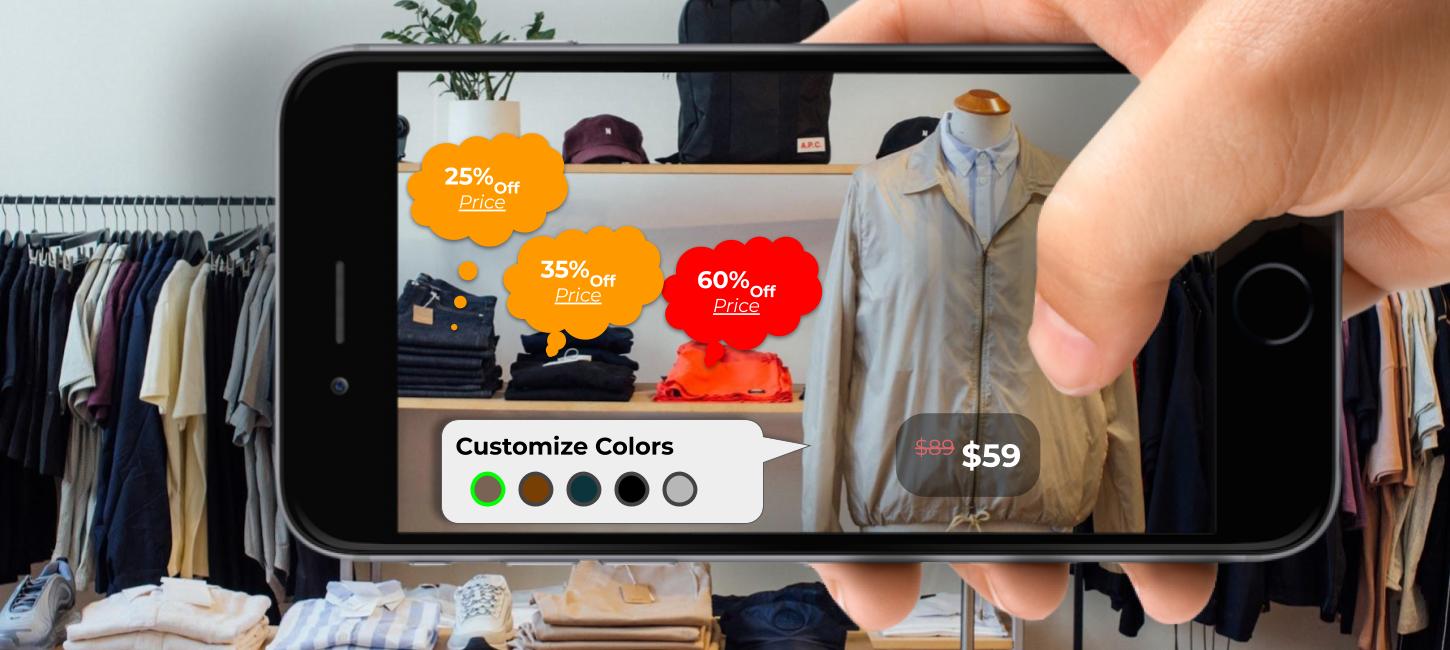Shopkick survey finds nearly a quarter of consumers plan to do their holiday shopping earlier this year
Believe it or not, there are only 142 days until Christmas. As the holiday season inches closer, Americans are already starting to think about how they will approach the merriest of times, especially after many of last season’s traditions and celebrations were put on hold. According to recent data by Shopkick, a leading shopping rewards app, nearly a quarter (22 percent) of consumers plan to shop earlier this year, with 25 percent expecting to do most of their shopping before Thanksgiving and 10 percent before Halloween. While the majority of shoppers (52 percent) report that the threat of continued inflation will impact their holiday budgets, most plan to spend the same amount as last year (64 percent) and 15 percent are increasing their budgets.
Shopkick surveyed over 23,000 American consumers between July 5 – July 12, 2021 to gain insight on when, where, and how they will be shopping this holiday season and the impact the current economy will have on their behavior.
Key findings include:
- Big Spenders: Overall, 15 percent of shoppers plan to spend more this holiday season compared to last year, and 26 percent of Gen Z consumers have larger budgets. Half of Gen Zers (50 percent) say the increase in spending is because they have more people to shop for, and 45 percent say they are more financially secure.
- Stealing Deals: Consumers will continue to take advantage of deal days, with 61 percent reporting that they are planning to shop on Black Friday and 67 percent on Cyber Monday. The majority (78 percent) of those planning to take advantage of Black Friday will do so online, followed by in-store (64 percent) and on mobile (36 percent). Shoppers clicking into Cyber Monday will do so on their laptop or desktop (71 percent), followed by their smartphone or tablet (67 percent). Younger generations are more likely than their older counterparts to steal deals, with 76 percent of Gen Z and 66 percent of Millennials planning to shop on Black Friday compared to 61 percent of Gen X, 53 percent of Baby Boomers, and 43 percent of the Silent Generation.
- Thankful for Thanksgiving: While 70 percent of respondents positively support retailers closing their doors on Thanksgiving Day, 23 percent still plan to shop on the day, and 60 percent of those will shop in-store.
- IRLR (In Real Life Retail): Although online shopping increased during the pandemic, 43 percent of consumers expect to make the majority of their holiday purchases in a physical store — a nine percent increase compared to last year. The majority (68 percent) will visit big box stores like Target and Walmart. When it comes to the in-store experience, the ability to try on, touch, and see physical products (70 percent) and in-person interactions with sales associates (41 percent) were ranked as most important, followed by product sampling (20 percent), complimentary gift wrapping (15 percent), and holiday activations like on-site Santas (13 percent).
- Amazing Amazon: Fifty-seven percent of consumers expect to make the majority of their holiday purchases online, and Amazon reigns supreme with 73 percent reporting it will be their primary shopping destination. Outside of Amazon, younger generations (65 percent of Gen Z and 60 percent of Millennials) gravitate towards Etsy, while 57 percent of the Silent Generation will frequent eBay.
- Seasonal Safety: Consumers will also expect in-store safety measures to continue throughout the holiday season, requesting that retailers offer disinfecting spray (48 percent), enforce social distancing measures (36 percent), install plexiglass barriers at checkout (34 percent), and require employees to wear face coverings (32 percent). Consumers will also be prioritizing shopping on less busy days at less busy times (45 percent) and shopping at one-stop shops to knock a variety of things out in one trip (42 percent).
- Planning for Perks: Of all the online perks, free shipping and returns remain the top priorities for online shoppers. Almost all consumers (94 percent) say free shipping is the most crucial incentive for online seasonal shopping, followed by fast shipping (60 percent). Flexible and long return policies (31 percent), “buy now, pay later” and BOPIS (19 percent each) are much less of a priority.
-
“Consumers are eager to get their holiday shopping done this year, and they are ready to spend,” said Dave Fisch, general manager of Shopkick. “As retailers prepare for their biggest season, it will be imperative that they get an earlier start, improve their omnichannel and e-commerce capabilities, and offer the best deals on the traditional days consumers have come to love.”
Shopkick conducted this survey of 23,588 American consumers between July 5 – July 12, 2021












